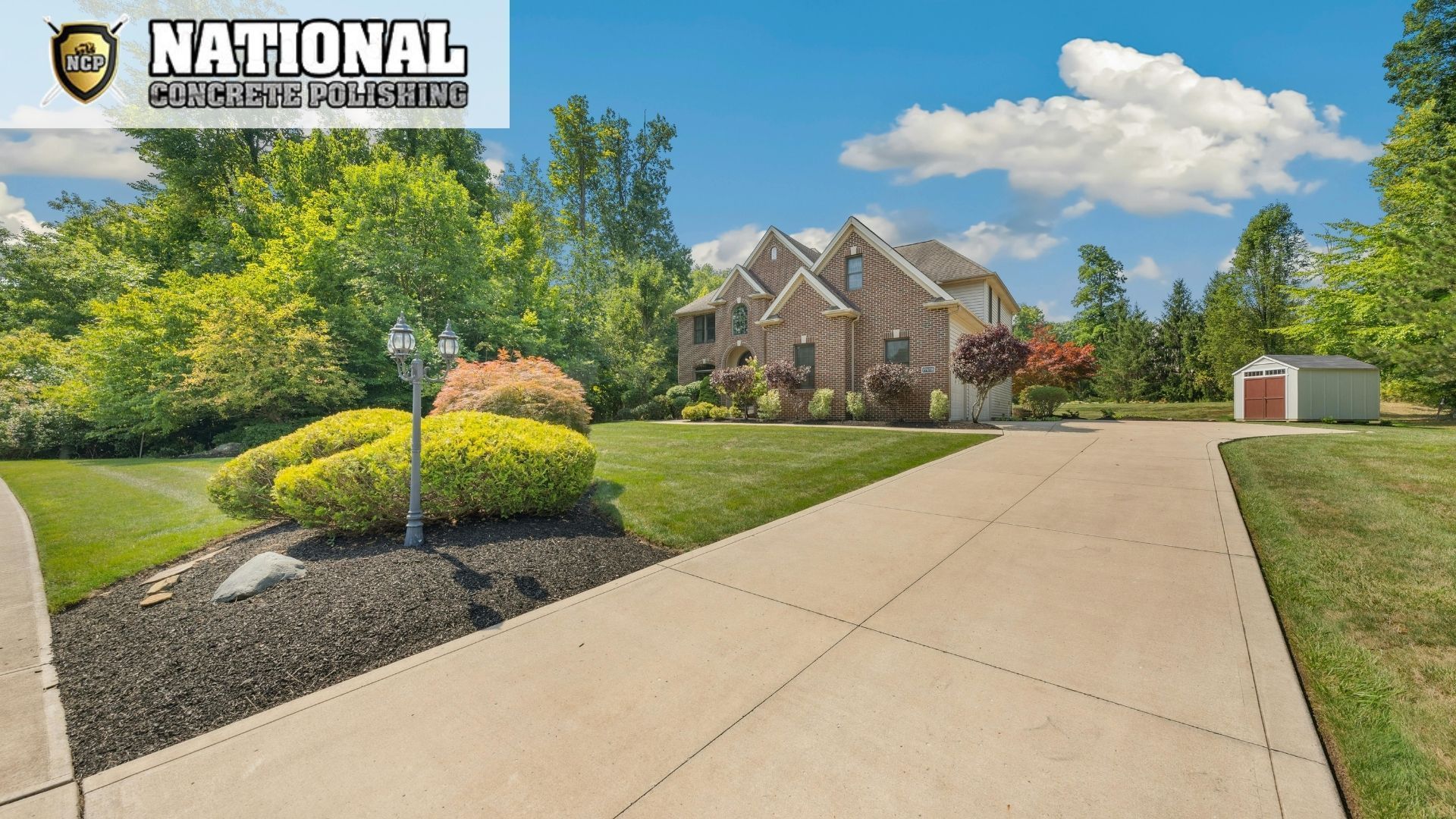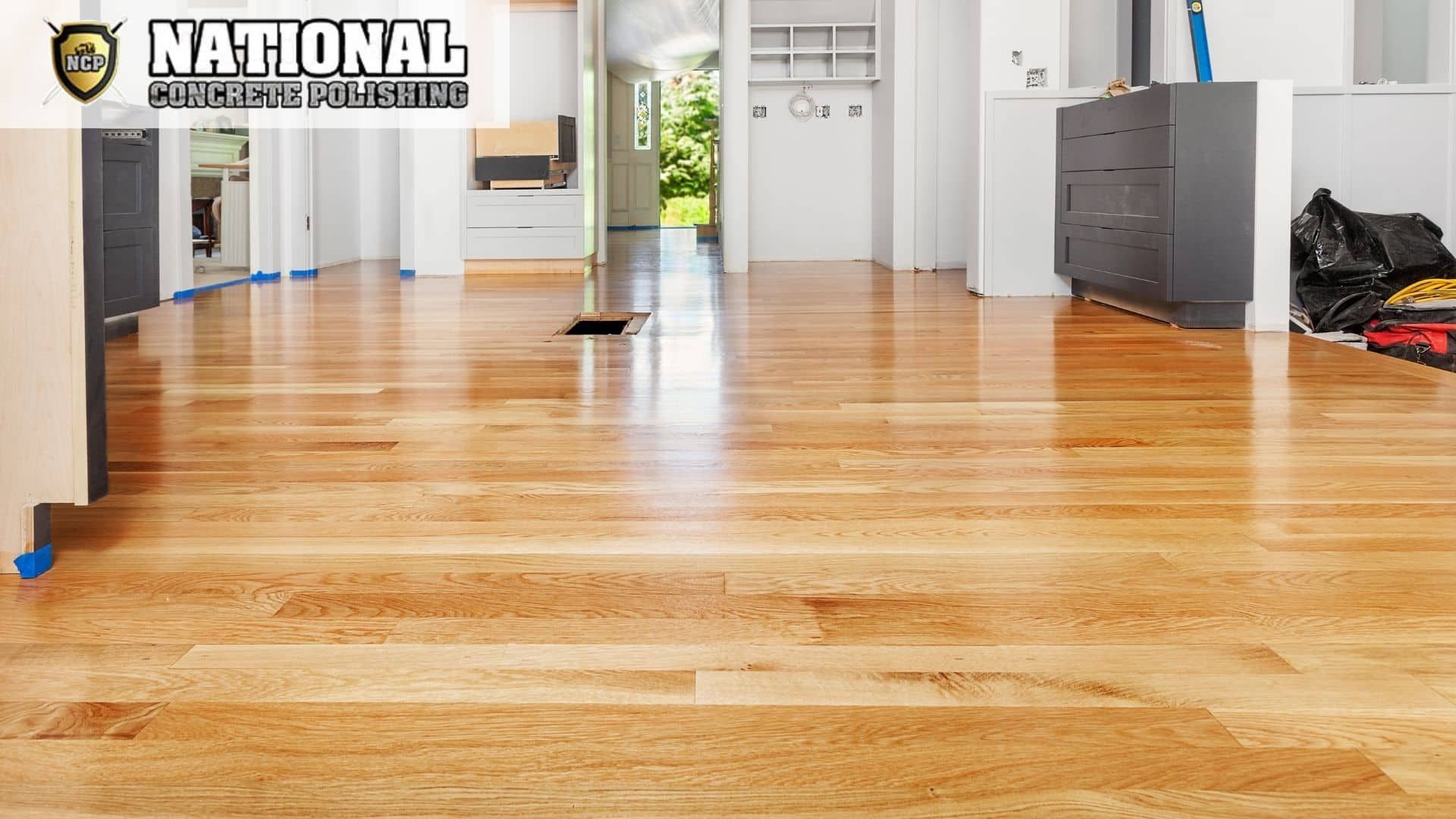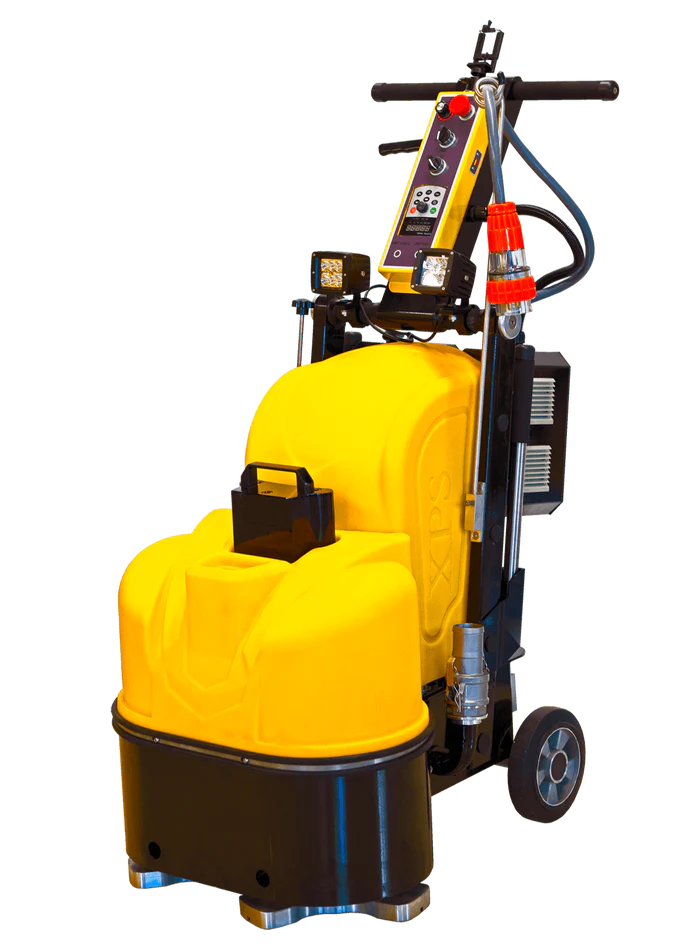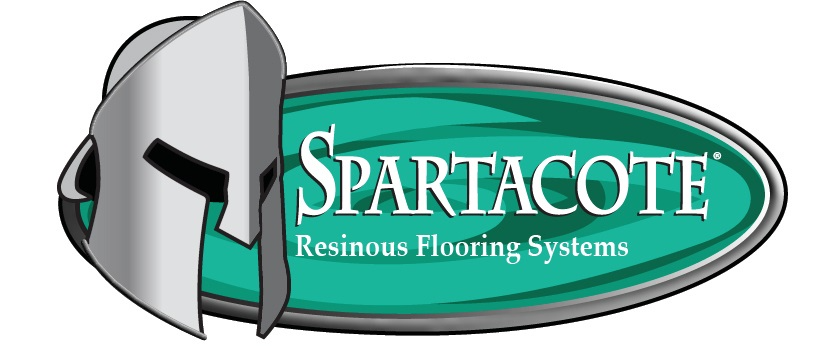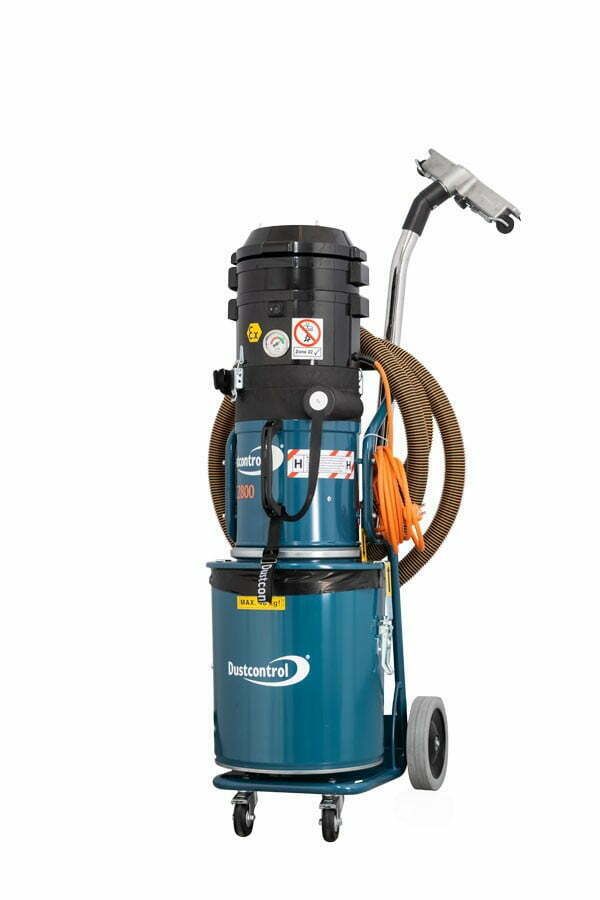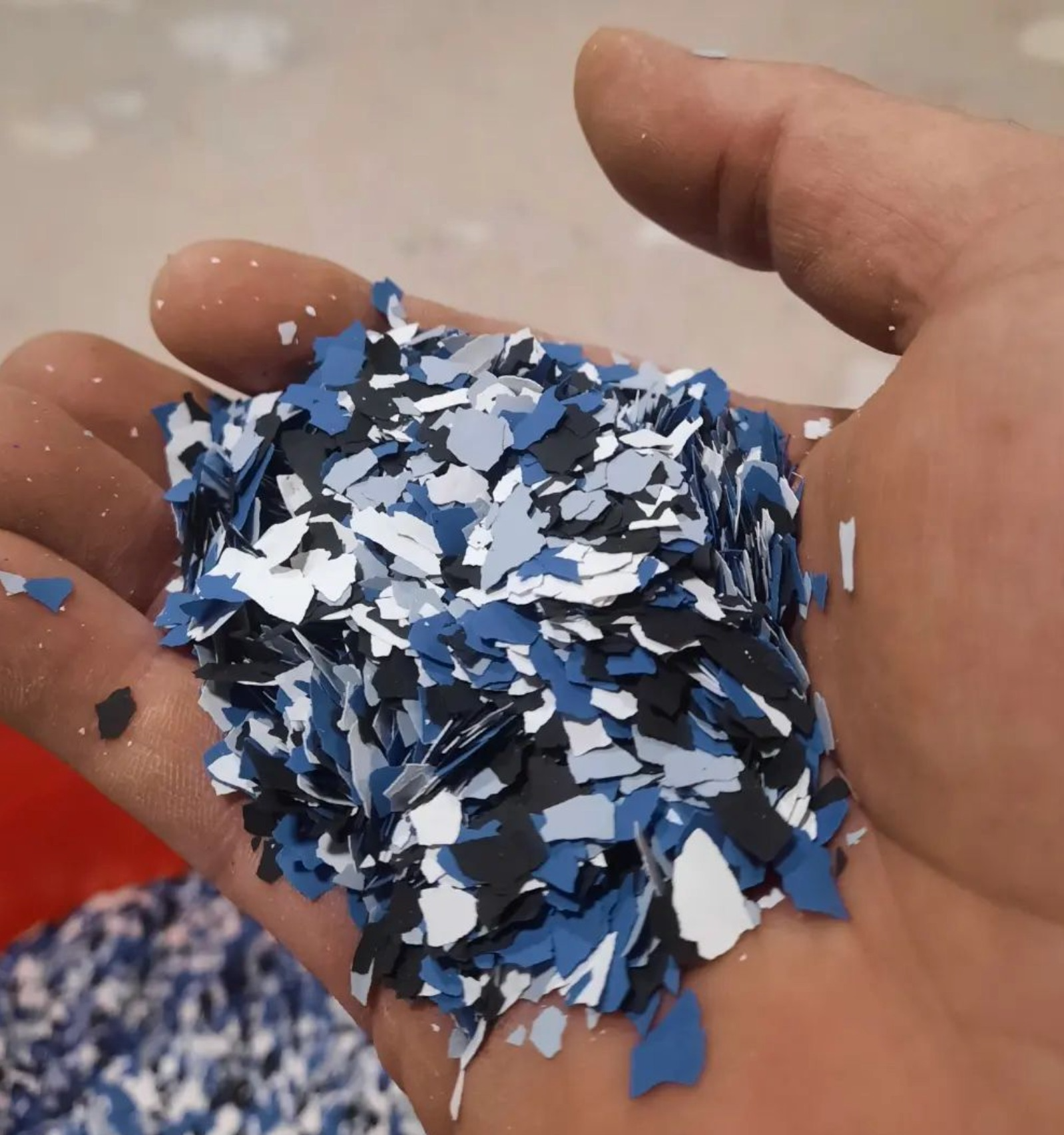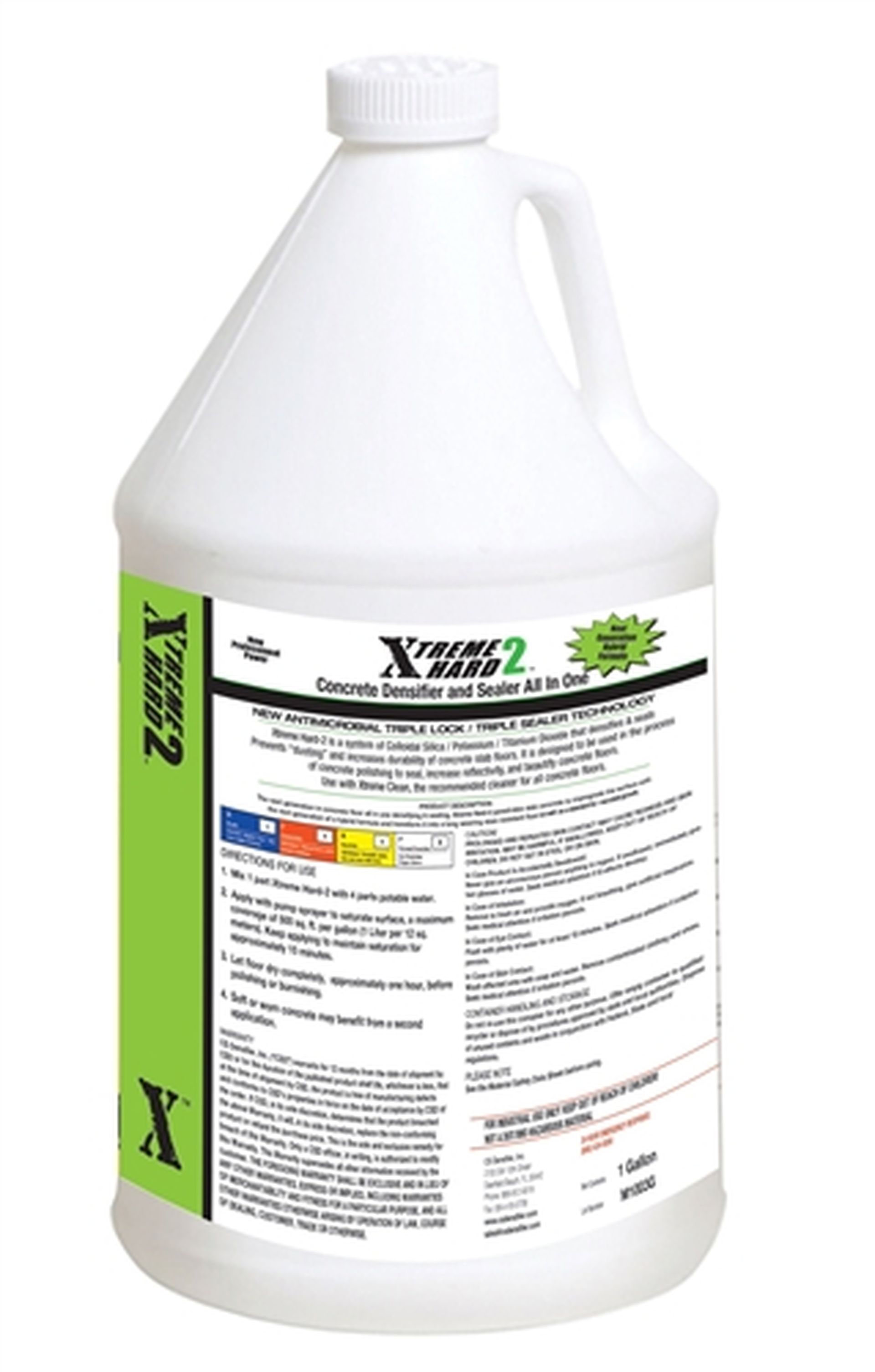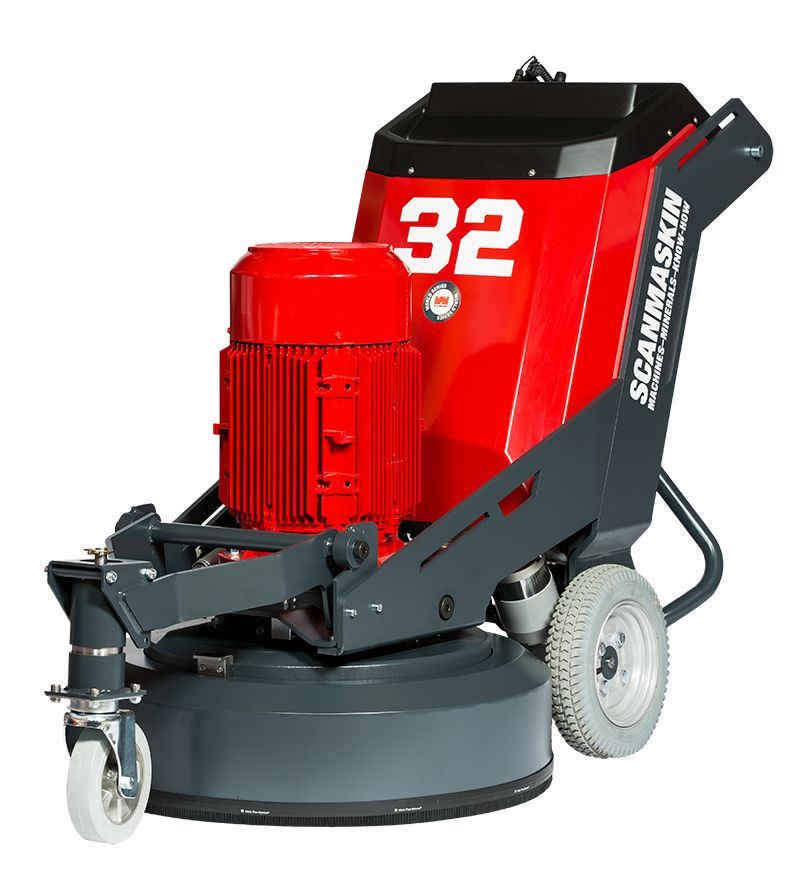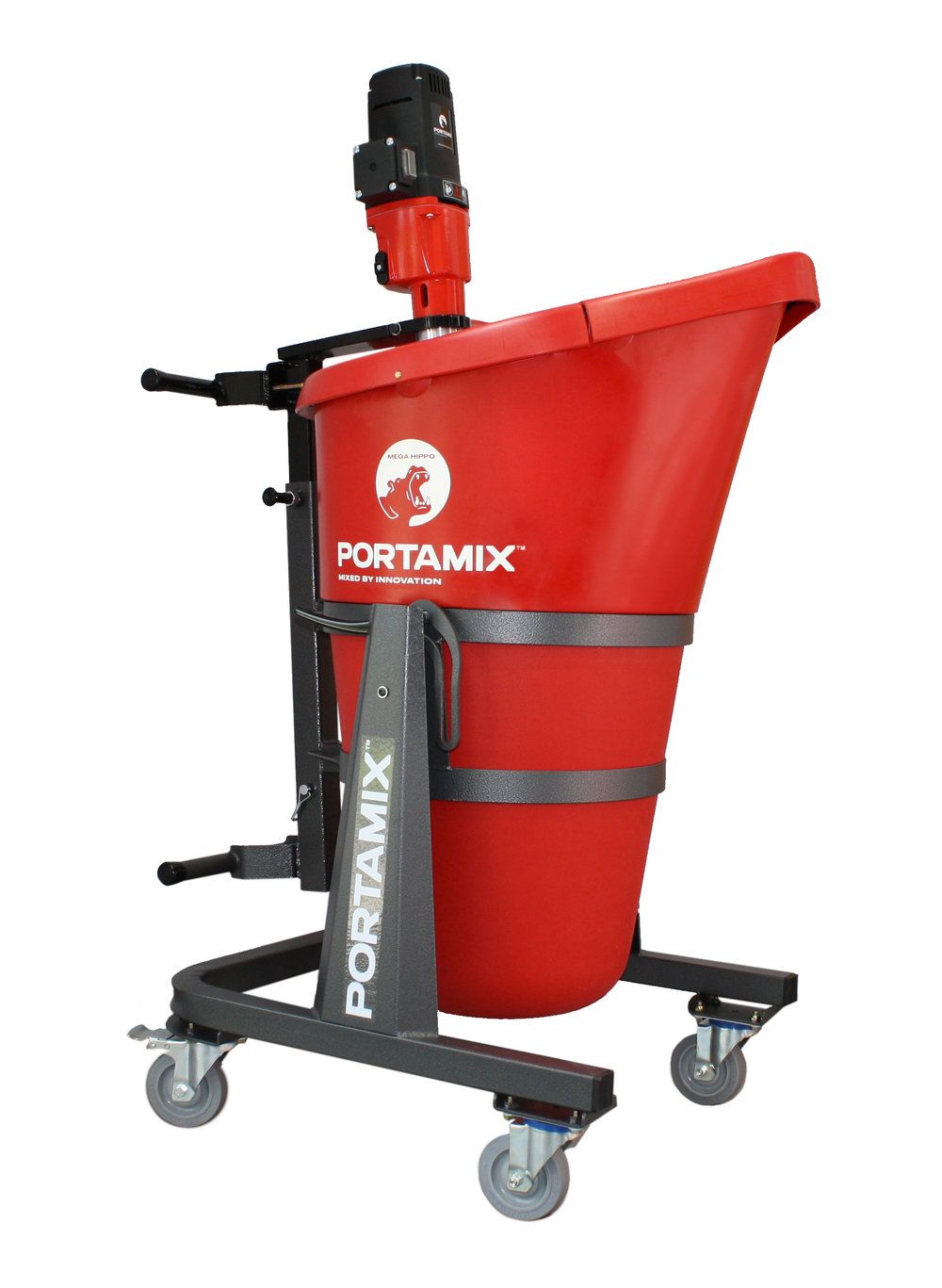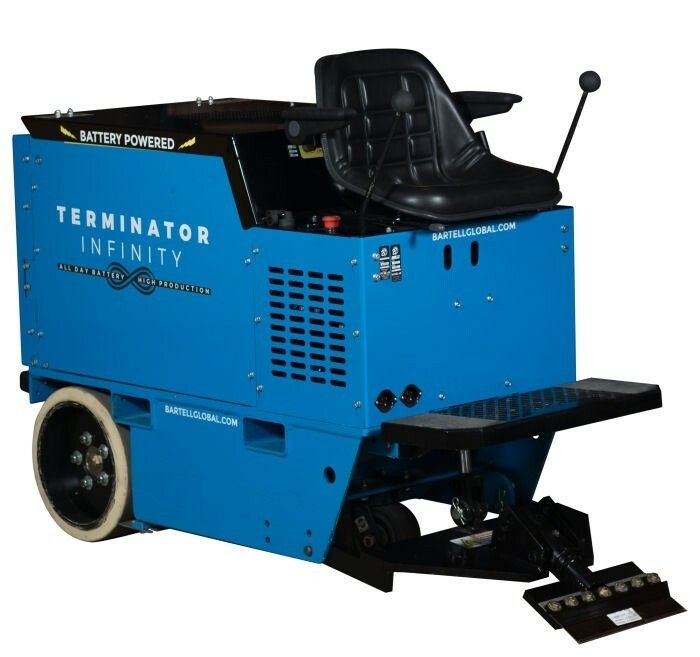What Makes High-Traffic Epoxy Different from Standard Floor Coatings
Did you know floors in busy warehouses endure 500% more wear than residential surfaces annually? Standard coatings crumble under this pressure, while specialized epoxy systems thrive. This difference isn’t accidental – it’s engineered.
Industrial spaces demand surfaces that fight back. Unlike basic options, these reinforced flooring solutions use advanced polymers and quartz additives. The result? A nearly indestructible shield against scratches, chemical spills , and impact damage.
Regular paint-like coatings degrade quickly under forklifts or heavy foot traffic. Professional-grade systems bond deeper with concrete, creating a unified surface that resists chipping. Their secret lies in industrial-strength hardeners that triple surface density during curing.
Key Takeaways
- Specialized coatings are mandatory for spaces with equipment or constant foot traffic
- Reinforced chemical structures prevent cracks and surface degradation
- Impact-resistant surfaces reduce long-term maintenance costs by 60-75%
- Cross-linked polymers outlast traditional options by 8-10 years
- Proper installation prevents costly floor replacements down the line
- Chemical/spill protection maintains safety in demanding environments
Choosing the right protective layer matters more than you might think. A superior floor coating doesn’t just look better – it transforms your space into a damage-resistant asset. The upfront investment pays dividends through decades of reliable performance.
Overview of Epoxy Flooring in High-Traffic Areas
Spaces with relentless activity demand surfaces that keep pace without faltering. Industrial-grade epoxy rises to this challenge, merging toughness with practicality. Its seamless design eliminates weak points where cracks typically form, even under daily abuse from machinery or crowds.
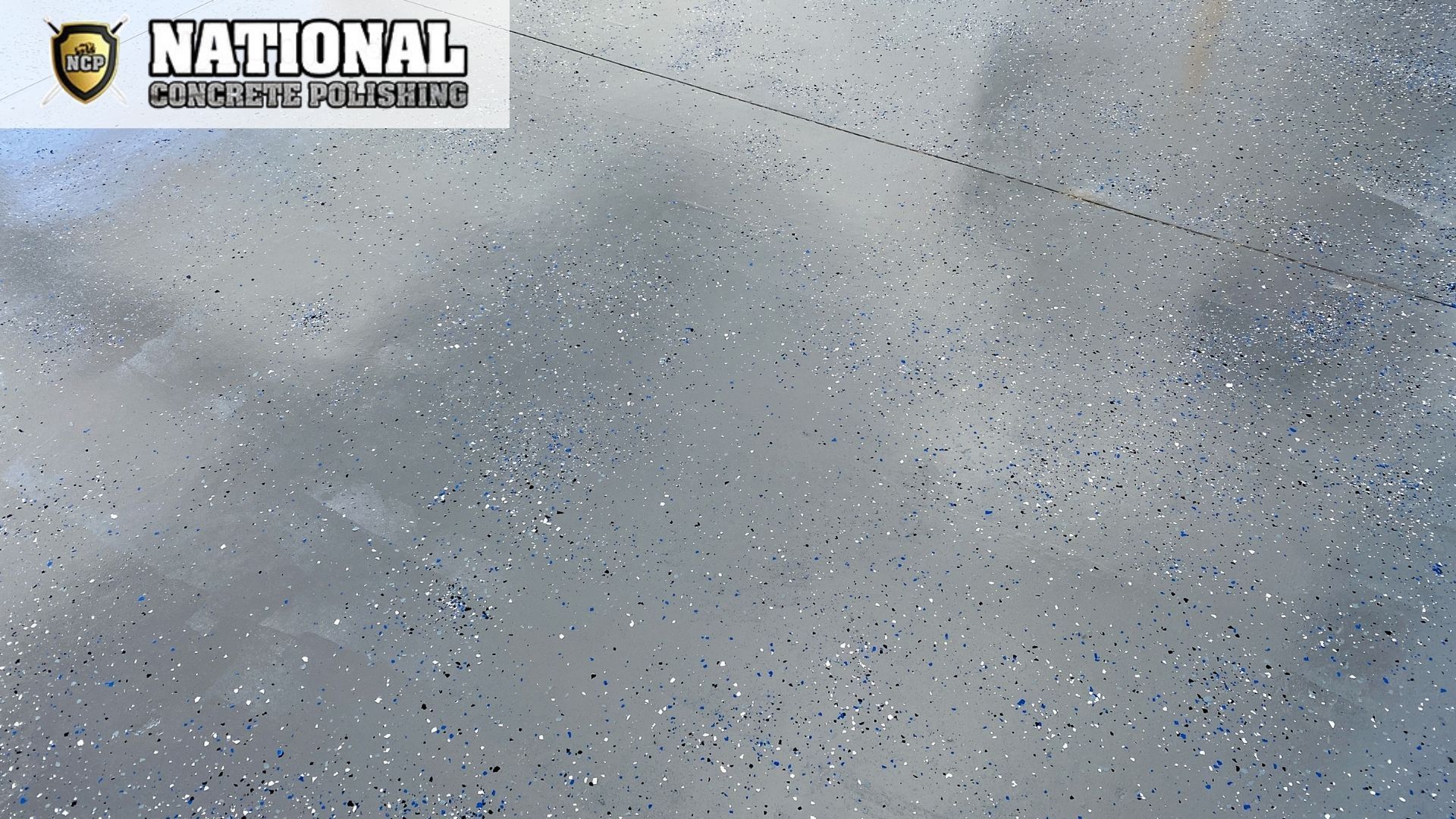
Built to Endure Daily Demands
These surfaces aren’t just tough – they’re smart. Slip-resistant additives reduce workplace accidents, while reflective properties brighten spaces naturally. You’ll notice fewer repairs compared to traditional options, thanks to their ability to absorb impacts without visible damage.
Where Performance Meets Practicality
Retail stores use epoxy to maintain polished looks despite thousands of daily footsteps. Automotive shops rely on its chemical resistance against oil spills. Even schools benefit from easy-to-clean surfaces that withstand rolling carts and heavy equipment.
Home garages gain industrial-level protection against tool drops and vehicle weight. The system adapts across environments, proving that demanding conditions don’t require compromises. Choose wisely, and your floors become allies in operational efficiency.
What Makes High-Traffic Epoxy Formulations Different
Industrial facilities need floors that laugh at forklifts and shrug off chemical spills. The secret? Precision-engineered resin blends with military-grade additives. Unlike basic coatings, these systems use 70-80% solids content to build thicker protective layers during application.
Special curing agents like aliphatic amines create molecular chains three times denser than standard options. This cross-linked armor resists penetration from oils and solvents. Modified resins flex slightly under heavy machinery impacts instead of cracking – like a rubber shield beneath your feet.
Manufacturing plants add silica carbide or aluminum oxide during production. These gritty particles act like microscopic speed bumps, slowing wear from constant traffic. Quality control tests ensure every batch performs identically, whether applied in humid Florida warehouses or arid Texas factories.
Proper installation matters as much as the product. Professionals grind concrete to expose pores for maximum adhesion. They apply multiple thin coats with exact curing times between layers. This process creates a unified surface that outperforms single-pour options by 8-10 years.
Your floor becomes a strategic asset, not just a surface. With the right coating solution, you eliminate annual recoating costs and reduce slip-related incidents. The initial investment pays off through decades of silent, relentless protection.
The Science Behind Epoxy Resistance and Durability
Ever wonder why some floors stay pristine despite constant abuse? The answer lies in molecular engineering. Advanced epoxy systems transform liquid components into rock-solid shields through precise chemical reactions.
Chemical Composition and Curing Process
Epoxy starts as two liquid components: resin and hardener. When mixed, they trigger a heat-producing reaction. The resin’s epoxy groups bond with hardener molecules, forming a 3D network tighter than steel’s atomic structure.
This cross-linking creates surfaces that repel harsh chemicals and heavy impacts. Proper temperature control during curing ensures uniform strength across your entire floor coating. The result? A unified shield that flexes slightly under pressure instead of cracking.
| Additive Type | Primary Function | Key Benefit |
|---|---|---|
| Aluminum Oxide | Surface Hardening | Blocks scratches from metal tools |
| Silica Particles | Slip Resistance | Improves traction without rough texture |
| Flexible Polymers | Impact Absorption | Prevents cracks from heavy drops |
How Additives Enhance Performance
Special ingredients turn good floors into great ones. Gritty additives create microscopic barriers against wear, while flexible resins allow thermal expansion. These enhancements work together to maintain surface integrity through years of use.
Your floor gains hidden armor against oil spills and dragging equipment. The right blend of additives balances durability with easy maintenance. It’s like having shock absorbers built into your coating.
Choose systems with tested additive combinations for your specific needs. Factories benefit from extra chemical resistance, while warehouses need maximum impact protection. Smart formulations address these demands at the molecular level.
Choosing the Right Epoxy for Industrial and Commercial Settings
How do you pick a floor coating that survives 10,000 forklift passes annually? The answer lies in matching your facility’s unique demands with precision-engineered solutions. Start by analyzing daily operations – not just today’s needs, but future challenges too.
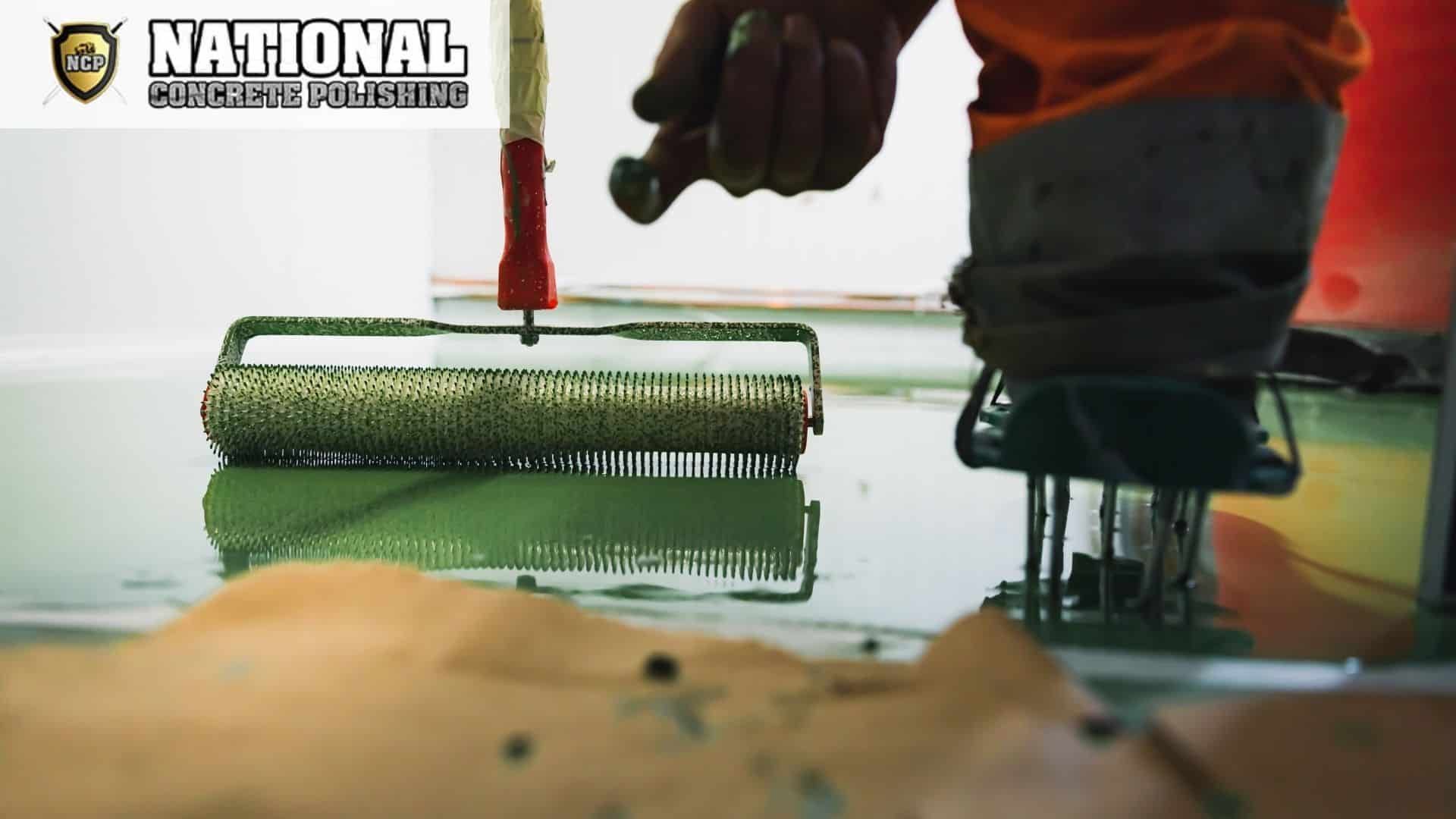
Assessing Traffic and Environmental Needs
Map your space like a battlefield. Track peak foot traffic hours, equipment weights, and chemical exposure zones. Warehouses face different threats than food processing plants – hydraulic fluid spills demand different protection than acidic cleaners.
Temperature swings crack weak coatings. Humid environments require faster-curing options. Create a checklist of your facility’s stress points:
- Average daily vehicle traffic
- Chemical types used nearby
- Temperature ranges throughout the year
Comparing Coating Options for Safety and Longevity
Not all systems handle heavy impacts equally. Use this comparison to narrow your choices:
| Environment | Key Needs | Recommended Features |
|---|---|---|
| Warehouses | Forklift resistance | Aluminum oxide additives |
| Manufacturing | Chemical defense | 100% solids epoxy |
| Retail | Slip prevention | Textured quartz blends |
Factor in downtime limits – some coatings cure in 12 hours, others need 48. Budget for 10+ years of service, not just installation costs. Mix systems if needed: use heavy-duty epoxy near loading docks and standard coatings in office areas.
Your floors work harder than you realize. Choosing wisely now prevents costly replacements later. Partner with professionals who understand your industry’s specific challenges.
Installation and Maintenance Best Practices
Durable floors aren’t just about materials – installation makes the difference. Proper techniques ensure your coating withstands years of punishment while staying easy to clean. Skip shortcuts, and you’ll avoid costly repairs down the line.
Surface Preparation and Primer Benefits
Concrete needs surgery before receiving its protective armor. Professionals use mechanical methods to create texture for maximum grip:
| Method | Process | Ideal For |
|---|---|---|
| Shot Blasting | Propels steel beads at high speed | Removing old coatings quickly |
| Diamond Grinding | Rotating abrasive discs level surfaces | Precision profile creation |
Primer acts like superglue between concrete and epoxy. It seeps into pores, locking out moisture while creating chemical bonds. Time your installation carefully – temperatures below 50°F slow curing, risking uneven results.
Long-Term Care and Upkeep Strategies
Treat your floor like a prized vehicle. Sweep daily to remove abrasive grit. Mop weekly with pH-neutral cleaners – harsh chemicals damage the surface over time. Inspect quarterly for hairline cracks or chips.
Spills wipe up easily thanks to seamless installation. Avoid dragging sharp metal objects, and use protective pads under heavy equipment. With consistent care, your investment maintains its shine and strength for decades.
Enhancing Safety and Aesthetic Appeal
Modern epoxy flooring proves safety and style aren’t mutually exclusive. Advanced systems combine slip-resistant technology with design flexibility, creating surfaces that protect people while elevating your space’s visual impact. Let’s explore how these dual benefits work in real-world applications.
Non-Slip Additives and Textured Finishes
Slip-resistant surfaces start at the molecular level. Manufacturers embed additives like silica sand or aluminum oxide directly into the topcoat. These particles create permanent traction patterns that won’t wear off, even under constant foot traffic.
Textured finishes come in three main profiles:
| Finish Type | Safety Level | Best Use Cases |
|---|---|---|
| Orange Peel | Moderate | Retail stores, offices |
| Quartz Blend | High | Commercial kitchens, poolsides |
| Aluminum Oxide Grit | Extreme | Industrial plants, loading docks |
Hospitals use medium-textured systems to prevent slips while allowing smooth equipment movement. Food processing plants opt for aggressive profiles to combat wet conditions. The right finish reduces workplace accidents by 40-60% without sacrificing cleanability.
Design Variation and Easy Clean Benefits
Epoxy’s seamless surface does double duty. It resists liquid penetration from spills while offering endless design options. Decorative flakes hide minor scuffs, and metallic pigments create depth under lighting.
Color-coding sections improves safety in warehouses. Yellow pathways guide forklift traffic, while red zones mark hazardous areas. These visual cues remain vibrant for years, thanks to UV-stable pigments.
Maintenance stays simple. Daily sweeping and occasional mopping with mild detergent keep surfaces pristine. Spills wipe up instantly without staining – a key advantage over porous concrete. Your floors stay safe and professional-looking with minimal effort.
National Concrete Polishing: Expertise Serving South Florida
South Florida’s industrial environments demand flooring that withstands heat, humidity, and heavy use. Specialized installation teams adapt to these challenges through localized expertise and tailored approaches. The right partner makes all the difference in achieving durable surfaces that perform year after year.
Our Experience with High-Traffic Floor Solutions
We’ve perfected epoxy floor installations across diverse facilities – from compact retail spaces to sprawling manufacturing plants. Our process begins with analyzing traffic patterns and environmental stressors. This attention to detail ensures each flooring solution matches the unique demands of your operation.
Key advantages of our approach include:
- Climate-adapted application techniques for Florida’s humidity
- Custom additive blends for enhanced chemical resistance
- Strategic texture planning in high-impact zones
Recent projects include a 150,000 sq ft warehouse near Miami that required slip-resistant surfaces. By combining quartz aggregates with industrial-grade resins, we created floors that handle 300+ daily forklift passes without wear.
Service Regions and Reliable Contact Details
Our team serves all South Florida counties, offering consistent quality from West Palm Beach to Homestead. We maintain multiple local crews to minimize project downtime. Whether you’re in Fort Lauderdale or Naples, expect prompt service and thorough follow-up.
- Site evaluations within 48 hours
- Customized system recommendations
- Detailed maintenance plans
With 27 years of localized experience, we understand how to protect your floors against Florida’s unique challenges. Our solutions balance durability with cost efficiency – because your surfaces should work harder, not your budget.
Conclusion
In demanding environments where surfaces face relentless use, specialized flooring systems prove essential. Advanced coating technology combines reinforced polymers with precision additives to withstand industrial challenges. Unlike basic alternatives, these solutions maintain structural integrity through years of heavy loads and chemical exposure.
Your selection process should prioritize three factors: traffic volume, environmental stressors, and expected lifespan. Industrial-grade options use cross-linked resins that bond tightly to concrete, creating surfaces resistant to cracks and wear. Proper application techniques ensure seamless protection without weak points.
Maintenance plays a critical role in preserving your investment. Regular cleaning and prompt spill management extend coating performance significantly. Understanding material science helps identify systems that absorb impacts while repelling corrosive substances.
When you invest in professional-grade flooring, you secure more than surface protection. These solutions reduce long-term costs through minimal repairs and extended replacement cycles. Their balanced approach to safety and functionality meets modern operational demands.
The right floor coating becomes a silent partner in facility management – durable enough for warehouses yet refined for retail spaces. By matching system capabilities to your environment’s needs, you create lasting value beneath every step.
FAQ
How does high-traffic epoxy flooring handle heavy machinery?
These formulations incorporate additives like silica or aluminum oxide for abrasion resistance. This prevents scratches and gouges from equipment while maintaining structural integrity in warehouses or manufacturing facilities.
Can epoxy coatings improve safety in industrial spaces?
Yes. Non-slip additives create textured finishes, reducing accident risks. Some options meet OSHA standards for wet environments, making them ideal for facilities dealing with spills or frequent cleaning.
Why choose epoxy over other concrete coatings for durability?
Epoxy bonds tightly to concrete, forming a seamless barrier against wear. Its chemical-resistant properties protect against oils, solvents, and acids, outperforming basic sealants in longevity under constant foot or vehicle traffic.
What maintenance keeps epoxy floors looking new long-term?
Regular sweeping and occasional mopping with pH-neutral cleaners preserve the finish. Avoid abrasive tools—reapplying a topcoat every few years refreshes shine and strengthens protection in high-use zones.
Are there design options for epoxy in commercial settings?
Absolutely. Flakes, metallic pigments, or tinted coatings add visual interest. Customizable finishes balance aesthetic appeal with functional needs, letting businesses match branding while ensuring easy-to-clean surfaces.
How does surface prep impact epoxy performance?
Proper grinding removes contaminants and opens concrete pores for better adhesion. Skipping this step risks peeling or bubbling, especially in environments with temperature swings or heavy loads.
Can epoxy handle extreme temperatures in industrial facilities?
Specialty formulations with thermal stabilizers resist cracking in cold storage units or near heat-generating machinery. Always discuss operational conditions with installers to pick the right solution.


